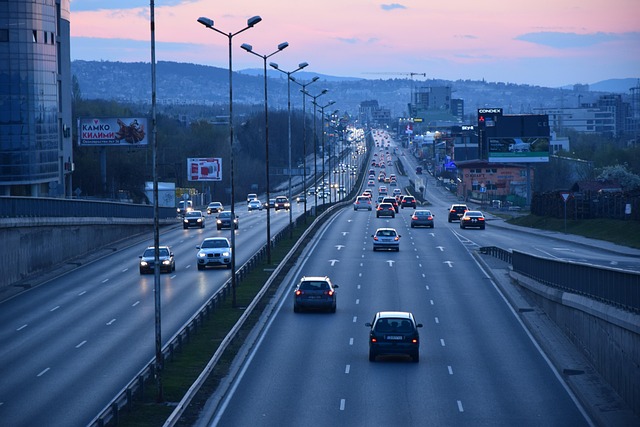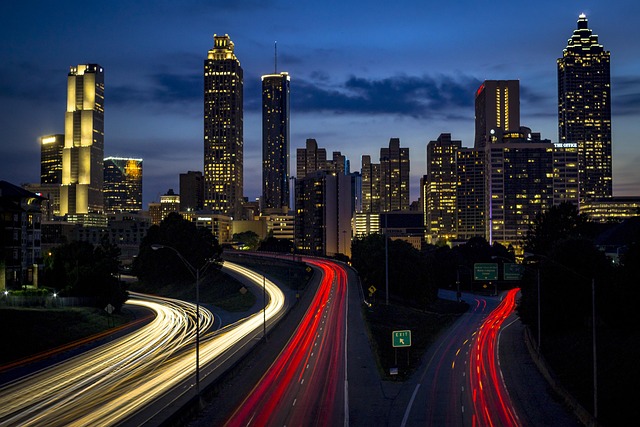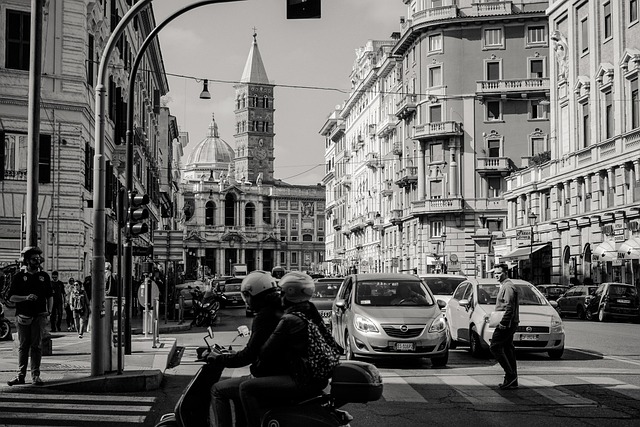
Karachi, Pakistan's bustling metropolis relies on its extensive motorway network, including the Karachi Motorway (M9/M10), for efficient transportation. However, this network contributes significantly to noise pollution in nearby areas due to heavy traffic volume, industrial activities, and residential proximity. High noise levels negatively impact residents' health, property values, and local ecosystems. A multi-faceted solution involving sound barriers, green spaces, urban planning, and public transport can mitigate these issues, enhancing the quality of life for Karachi's community.
“In the bustling metropolis of Karachi, the motorway network is a vital yet complex component, facilitating traffic flow but also contributing to significant noise pollution. This article delves into the intricate web of factors causing elevated noise levels near Karachi’s Motorway, impacting both communities and the environment. We explore the sources, consequences, and potential solutions, while highlighting the urgent need for effective noise reduction strategies in light of the city’s rapid development.”
- Understanding Karachi's Motorway Network: A Brief Overview
- Factors Contributing to Noise Pollution Near the Motorway
- Impact of High Noise Levels on Local Communities and Environment
- Mitigation Strategies and Future Planning for Noise Reduction
Understanding Karachi's Motorway Network: A Brief Overview

Karachi, Pakistan’s bustling metropolis, boasts an intricate network of motorways that crisscross the city. This extensive system, a cornerstone of the region’s transportation infrastructure, is designed to facilitate efficient movement and alleviate traffic congestion. The Karachi Motorway, a key component, acts as a vital artery connecting various parts of the urban landscape. It not only reduces travel time but also plays a crucial role in supporting the city’s economic activities by ensuring seamless transport of goods and people.
Comprising multiple routes, including the M9 and M10, the network is a complex web of elevated roads and highways that navigate around this densely populated urban center. This strategic layout allows for better traffic management, minimizing delays during peak hours. Understanding this motorway network is essential in gauging the impact on the city’s noise pollution levels, as areas close to these thoroughfares often experience higher sound exposures due to constant vehicular traffic.
Factors Contributing to Noise Pollution Near the Motorway
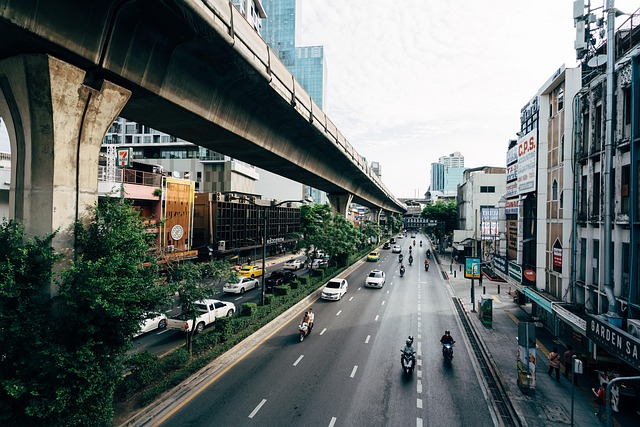
The noise levels near Karachi Motorway are influenced by a multitude of factors, each playing a significant role in the overall pollution levels. One primary contributor is the heavy traffic volume, with thousands of vehicles passing through daily, especially during peak hours. The constant stream of trucks, buses, and cars generates substantial noise, particularly due to their engines and tires.
Another critical aspect is the proximity of residential areas and commercial hubs to the motorway. Karachi’s dense population means that many homes and businesses are located in close vicinity, making them vulnerable to noise pollution. Construction activities along the motorway and nearby sites also contribute, with drilling, hammering, and other construction sounds adding to the cacophony. Moreover, industrial facilities situated near the motorway further exacerbate the problem, as machinery operations and factory whistles add to the overall noise levels.
Impact of High Noise Levels on Local Communities and Environment
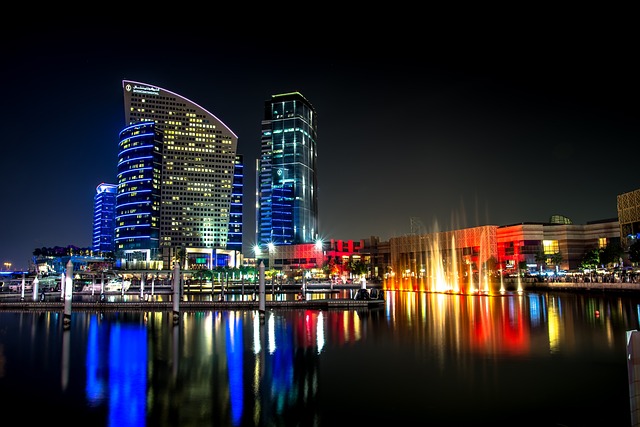
High noise levels near Karachi Motorway have significant impacts on both local communities and the environment. Residents living in close proximity to this heavily trafficked route often face constant exposure to noise pollution, leading to various health issues such as stress, anxiety, and sleep disturbances. Prolonged exposure to elevated noise levels can also cause hearing loss and contribute to cardiovascular problems.
The environmental impact is equally concerning. Noise from vehicles disrupts the natural balance, affecting local wildlife and plant life. It can lead to changes in animal behavior, distress bird populations, and even harm aquatic ecosystems nearby. Additionally, high noise levels near residential areas can decrease property values and negatively affect the overall quality of life for community members in Karachi.
Mitigation Strategies and Future Planning for Noise Reduction

To mitigate noise levels near Karachi Motorway, several strategies can be implemented. One effective approach is to incorporate sound-absorbing barriers and vegetation along the highway. Green spaces and strategically placed trees can significantly reduce noise pollution, providing a quieter environment for nearby residents. Additionally, raising awareness among drivers about defensive driving techniques and enforcing speed limits can contribute to overall noise reduction.
Future planning should involve integrated urban design and infrastructure development. This includes designing residential areas with green buffers between them and the motorway, implementing quieter road surfaces, and promoting public transportation to decrease traffic congestion and associated noise. Regular monitoring of noise levels and community feedback will be crucial in refining these strategies for a more peaceful Karachi.
The Karachi Motorway network, while vital for the city’s connectivity, has led to significant noise pollution affecting local communities and the environment. Understanding the complex interplay of factors contributing to this issue is crucial for effective mitigation. By implementing strategic noise reduction measures, such as enhanced road design, green barriers, and strict enforcement of noise regulations, Karachi can strive towards a more peaceful urban landscape. Continuous monitoring and future planning that incorporates innovative solutions are essential to ensuring a quieter and healthier environment for all residents in the bustling metropolis.

